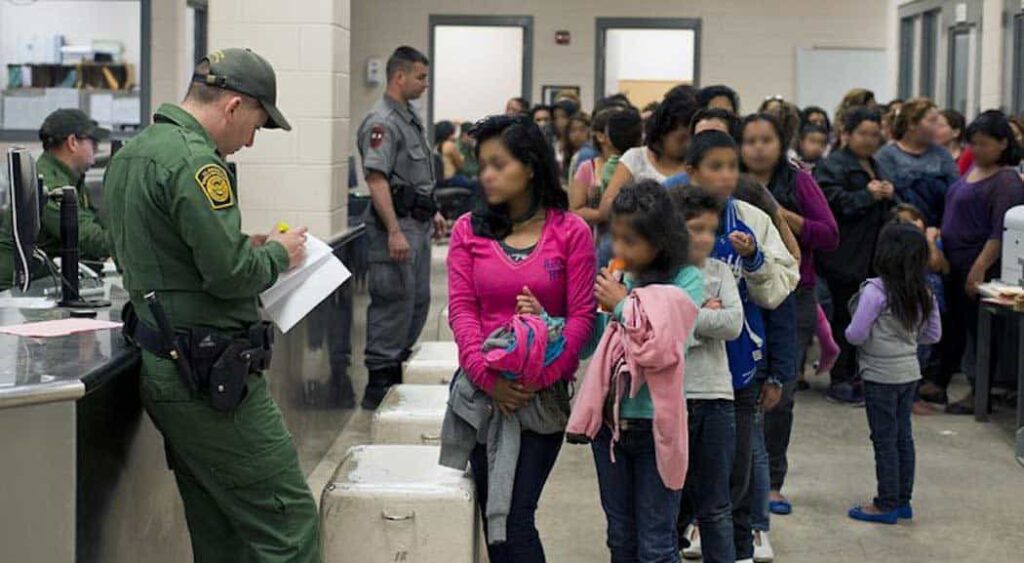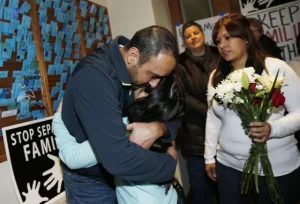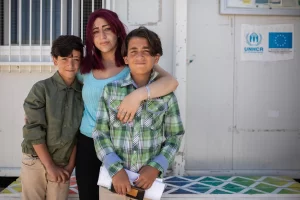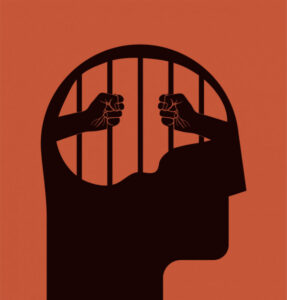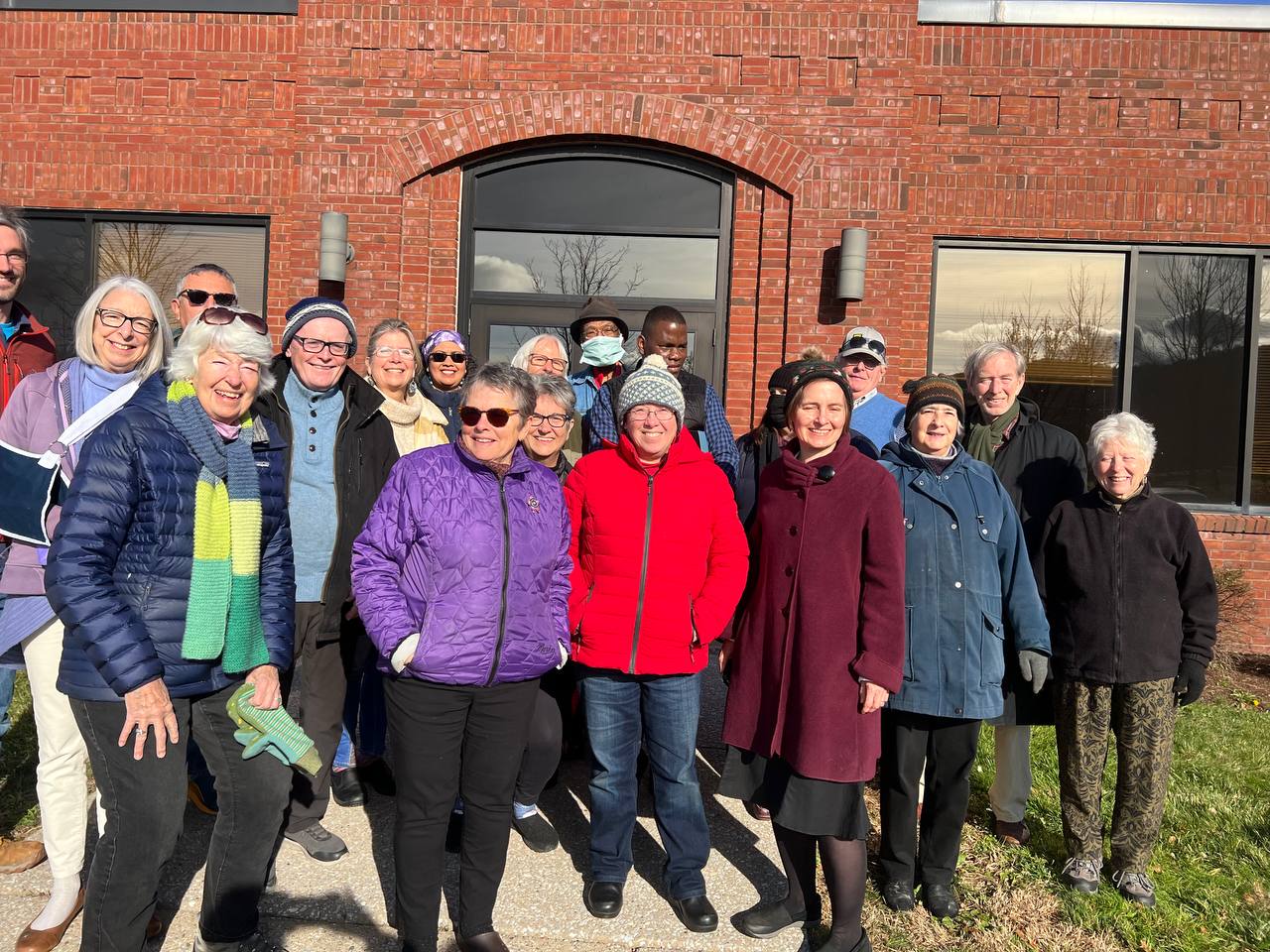The global landscape for asylum seekers remains complex and challenging as we move through 2025. With ongoing conflicts and environmental crises driving displacement worldwide, understanding asylum rights and processes has never been more important. This guide aims to provide clear, comprehensive information about the asylum process, rights, and available support systems.
Defining Asylum in Today’s Context
Asylum is fundamentally a human right, protected by international law and countless humanitarian conventions. When individuals flee persecution in their home countries, seeking asylum becomes their pathway to safety and protection. This legal protection extends to those facing persecution based on race, religion, nationality, political opinion, or membership in particular social groups. The modern understanding of asylum has evolved to recognize additional factors, including environmental displacement and gender-based persecution.
The Current Asylum Process
The journey of seeking asylum often begins with difficult decisions and dangerous travels. Upon reaching a potential host country, asylum seekers must navigate complex legal systems and bureaucratic processes. This typically involves detailed documentation of their persecution, multiple interviews, and often lengthy waiting periods. During this time, many face challenges accessing basic services while their cases are processed.
Rights and Protections
Asylum seekers possess fundamental rights that must be protected throughout their application process. These include the right to safe shelter, access to medical care, and protection from return to dangerous situations in their home countries. Children seeking asylum have additional protections, including access to education and special consideration for their vulnerable status. Understanding these rights is crucial for both asylum seekers and those working to support them.
Challenges in the Current System
The asylum system faces significant challenges in 2025. Processing delays, limited resources, and varying political approaches to asylum across different countries create a complex landscape. Many asylum seekers encounter language barriers, cultural adjustments, and economic hardships while awaiting decisions on their cases. The impact of these challenges extends beyond individuals to affect families and entire communities.
Support Systems and Resources
Various organizations and support systems exist to assist asylum seekers throughout their journey. Legal aid organizations provide crucial guidance through the application process. Humanitarian groups offer essential services including housing assistance, language training, and job search support. Community organizations play a vital role in helping asylum seekers integrate into their new environments and rebuild their lives.
Integration and Community Building
Successful asylum cases lead to the next challenge: integration into new communities. This process involves learning new languages, understanding different cultural norms, and establishing new support networks. Many communities have developed innovative programs to facilitate this integration, recognizing that successful settlement benefits both asylum seekers and host communities.
Looking Forward
As global circumstances continue to evolve, asylum systems must adapt to meet new challenges. Technological advances are streamlining application processes in some regions, while new approaches to community support are showing promising results. Understanding these developments helps both asylum seekers and support organizations prepare for future changes.
Taking Action
Whether you’re seeking asylum, supporting someone who is, or interested in helping, there are many ways to get involved. Local refugee support organizations always welcome volunteers, and advocacy groups work tirelessly to improve asylum systems. Every contribution, whether time, resources, or simply spreading awareness, makes a difference in supporting those seeking safety and a new beginning.


